In this blog, we’re tackling the question “can I overwater my plants by bottom watering?”
It’s a topic worth exploring, especially if you’re the type of gardener who loves your plants like family (who could blame you?).
So, let’s roll up our sleeves, dig into the details, and find out how to keep those precious roots happy and healthy!
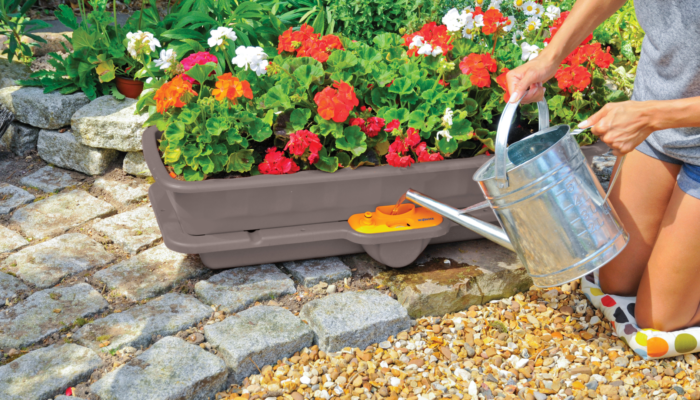
Bottom Watering 101: What’s It All About?
Before we dive into the nitty-gritty, let’s make sure we’re all on the same page about what bottom watering actually is.
Unlike the usual method where you water plants from the top, bottom watering involves placing your plant pots in a tray filled with water and allowing them to soak up moisture from the bottom up through the drainage holes.
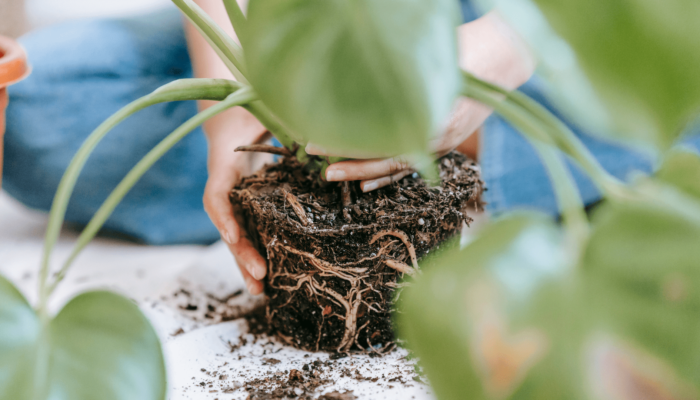
Why Gardeners Love Bottom Watering
There’s a lot to love about bottom watering, and it’s not just about keeping your plants pampered. Let’s look at some of the fantastic benefits:
- Consistent Moisture: One of the biggest perks of bottom watering is that it provides your plant’s roots with even moisture. Since the water is drawn up through the soil, there’s less chance of uneven watering, where the top is soggy, and the bottom is bone dry.
- Reduced Risk of Fungal Issues: When you water from the top, the leaves and the surface of the soil can stay damp for too long, creating the perfect breeding ground for fungi. Bottom watering keeps those leaves nice and dry, reducing the risk of pesky fungal problems.
- Encourages Strong Root Growth: Bottom watering encourages roots to grow downward, reaching for the water source. This can make your plants more robust and better equipped to handle periods of dryness.
- Less Mess, Less Stress: No more water spilling everywhere or soil getting splashed up onto your leaves. Bottom watering is clean, efficient, and keeps things tidy—what’s not to love?
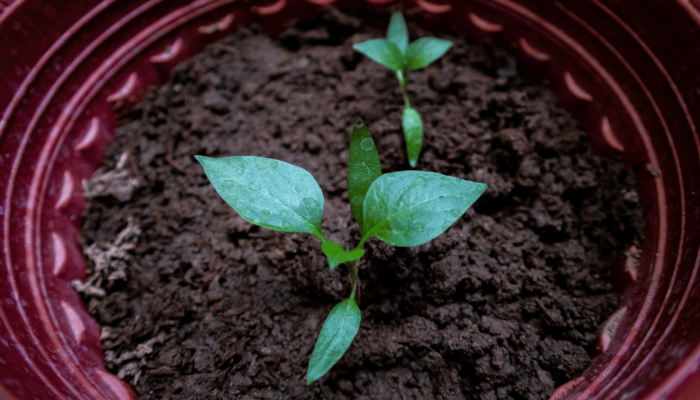
Can You Overwater with Bottom Watering? Let’s Get to the Root of It
Now, let’s tackle the big question: can you overwater your plants by bottom watering? The short answer is yes, but it’s less likely than with traditional top watering. Here’s why:
- Soil Saturation: When you leave your plants soaking for too long, the soil can become oversaturated. Just like when you overwater from the top, too much water can fill all the air pockets in the soil, leaving no room for oxygen. And trust us, plants need their oxygen just as much as they need water!
- Root Rot: Overly wet soil can lead to root rot, a sneaky problem that can be hard to spot until it’s too late. Root rot occurs when the roots are deprived of oxygen for too long, causing them to decay. Once this sets in, it can be tough to save your plant.
- Waterlogged Soil: If your pots sit in water for extended periods, the soil can become waterlogged, leading to the same problems as overwatering from above. Plants don’t like having their feet wet all the time, and they’ll let you know if they’re not happy.
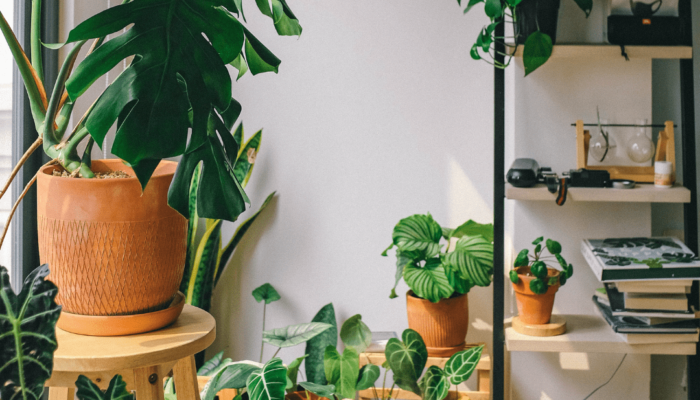
How to Avoid Overwatering with Bottom Watering: Our Top Tips
The good news is that bottom watering is generally a safer bet when it comes to avoiding overwatering, but you still need to be mindful. Here are some tips to ensure you’re keeping your plants healthy and hydrated, without overdoing it:
- Check the Soil Before You Water: Before placing your pots in water, stick your finger into the soil up to the first knuckle. If it feels dry, it’s time to water. If it’s still damp, give it a day or two. This simple step can save your plants from unnecessary watering.
- Mind the Time: It’s easy to get distracted while gardening but try not to forget about those plants soaking away. A good rule of thumb is to let your plants sit in the water for about 10-20 minutes. This should be enough time for the roots to take in what they need. After that, remove the pots and pour out any remaining water.
- Know Your Plants: Different plants have different needs. For example, succulents and cacti prefer to dry out completely between waterings, while plants like ferns enjoy a bit more consistent moisture. Tailor your bottom watering routine to the specific needs of each plant species in your care.
- Use the Right Tools: There are many tools that can be used to help monitor the amount of water given to plants. At Hozelock, we offer a range of automatic watering solutions designed to deliver just the right amount of water to your plants, helping to prevent overwatering.
- Watch for Signs of Overwatering: Even with bottom watering, it’s important to keep an eye on your plants. Yellowing leaves, wilting (despite the soil being wet), or a musty smell from the soil can all be signs of overwatering. If you notice any of these, it’s time to reassess your watering routine.
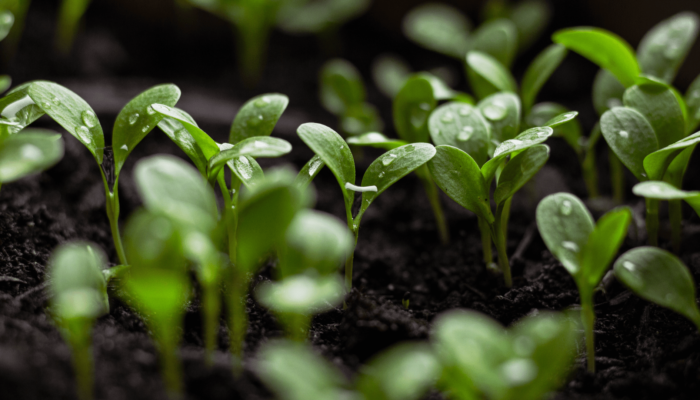
The Bottom Line: Water Smarter, Not Harder!
Bottom watering is a brilliant method for keeping your plants hydrated and healthy, and it’s less likely to lead to overwatering compared to traditional methods. However, like all aspects of gardening, it requires a bit of knowledge and attention to get it just right.
By following these tips and paying close attention to your plant’s needs, you can bottom water with confidence, knowing that you’re giving your green friends exactly what they need to thrive.
To read more of our gardening top tips and advice, click here!




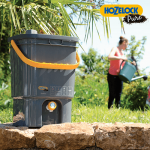
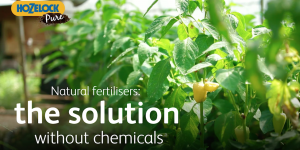
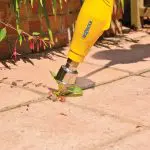
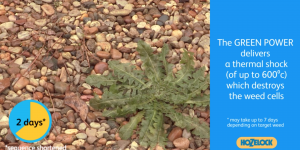

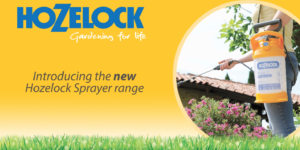


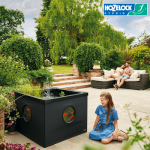
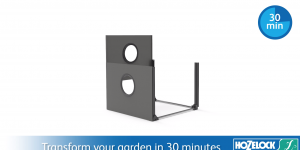
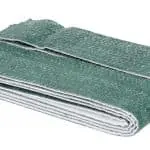
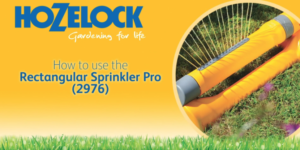
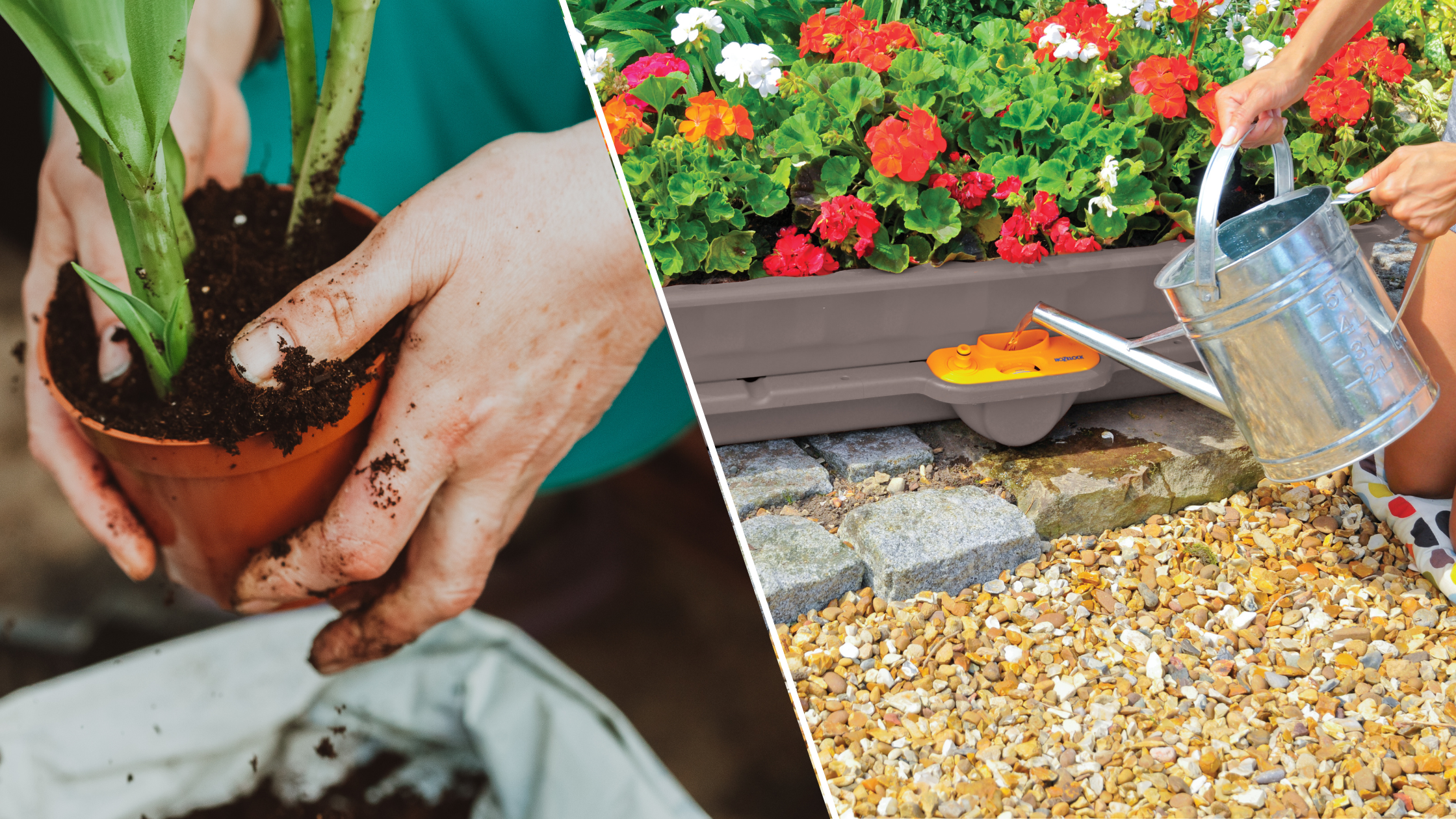
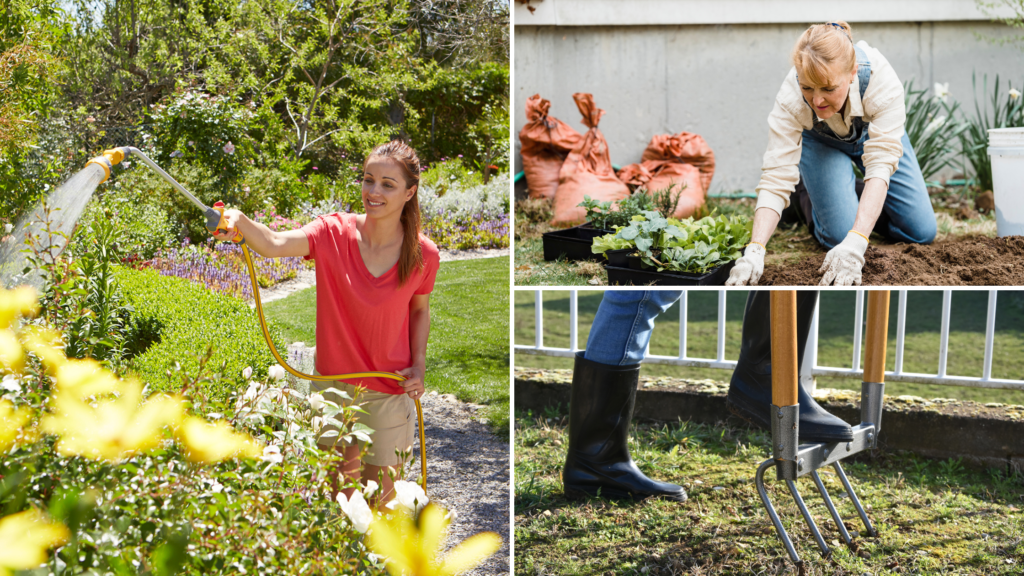
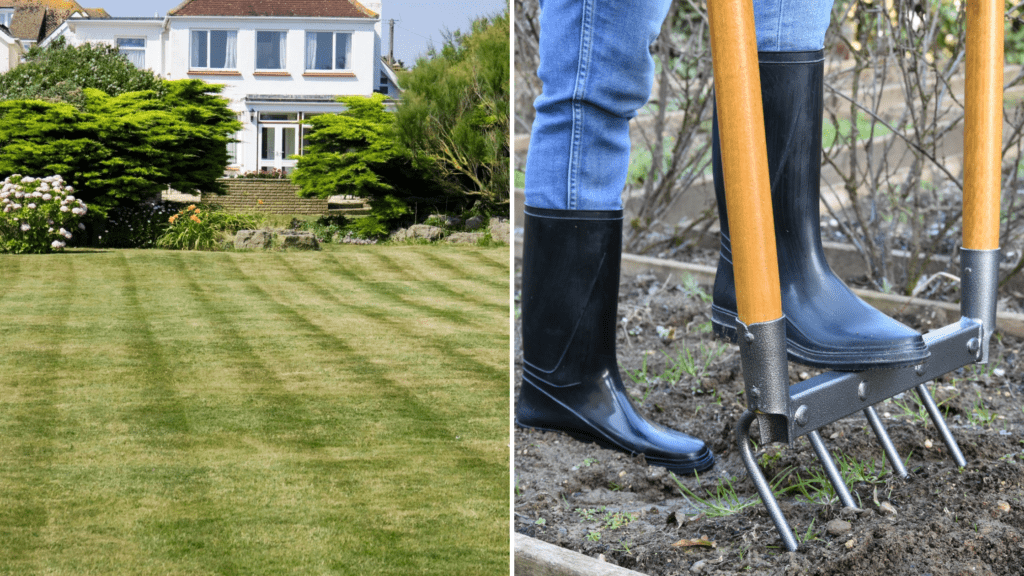
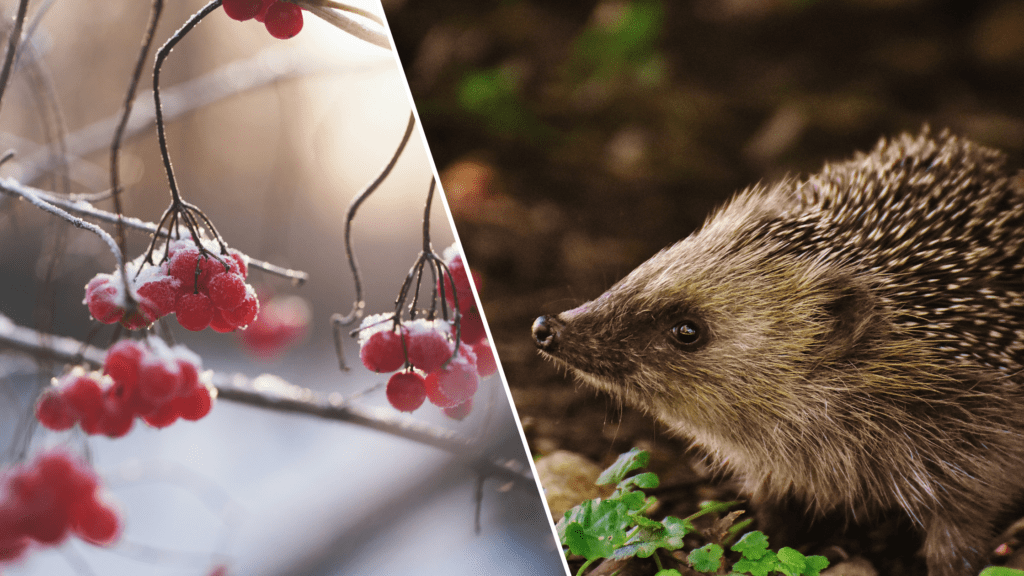
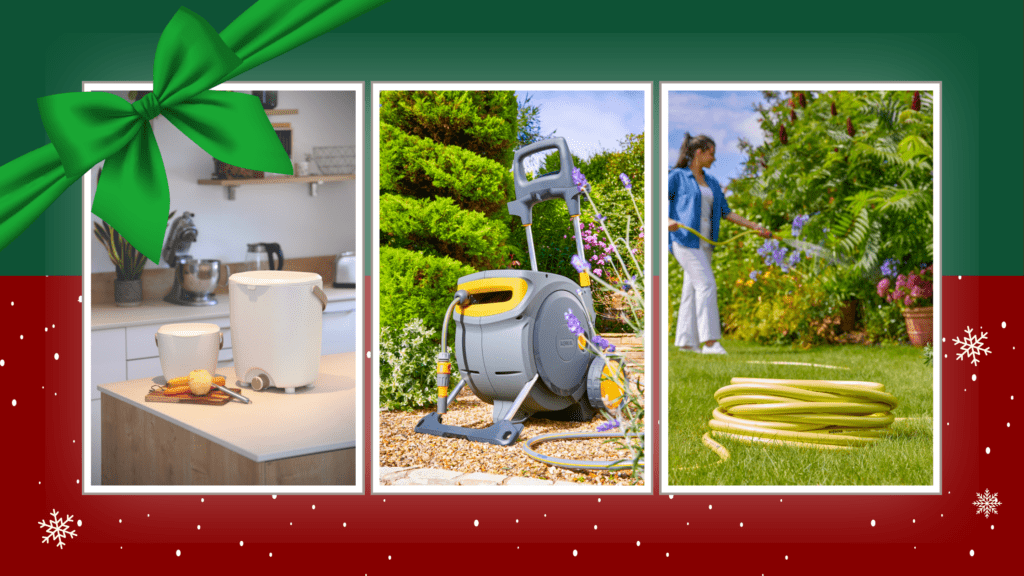

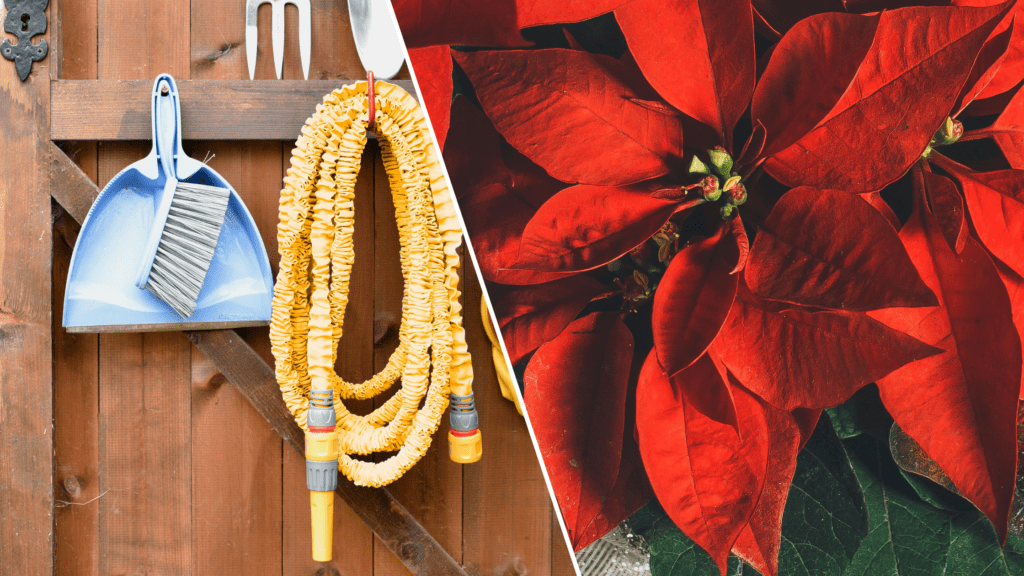

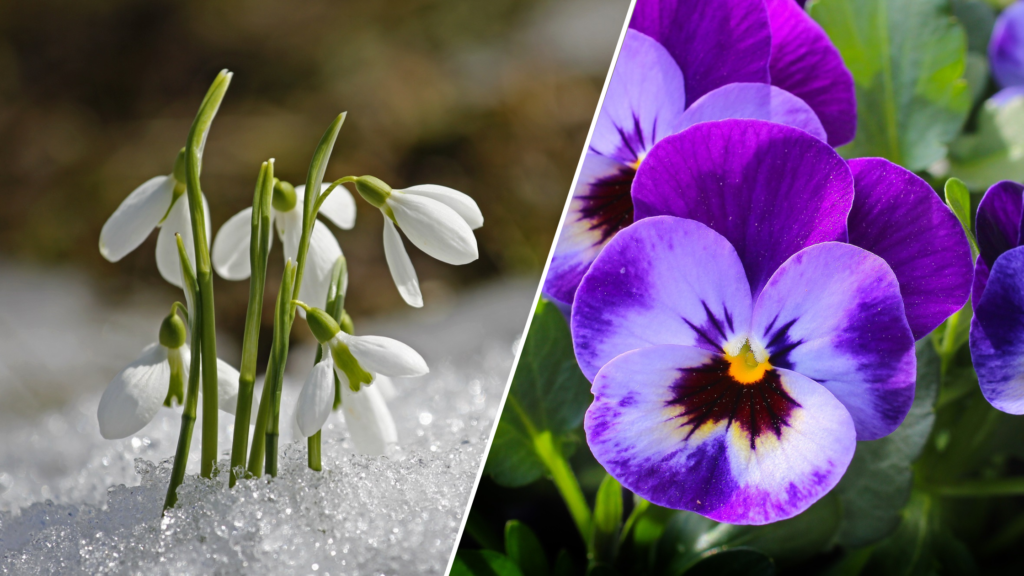
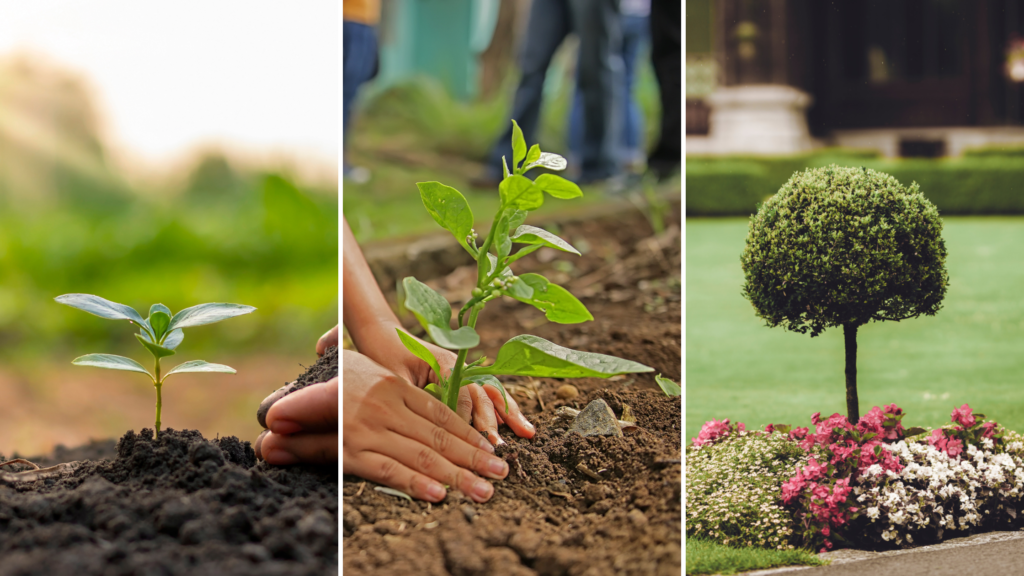

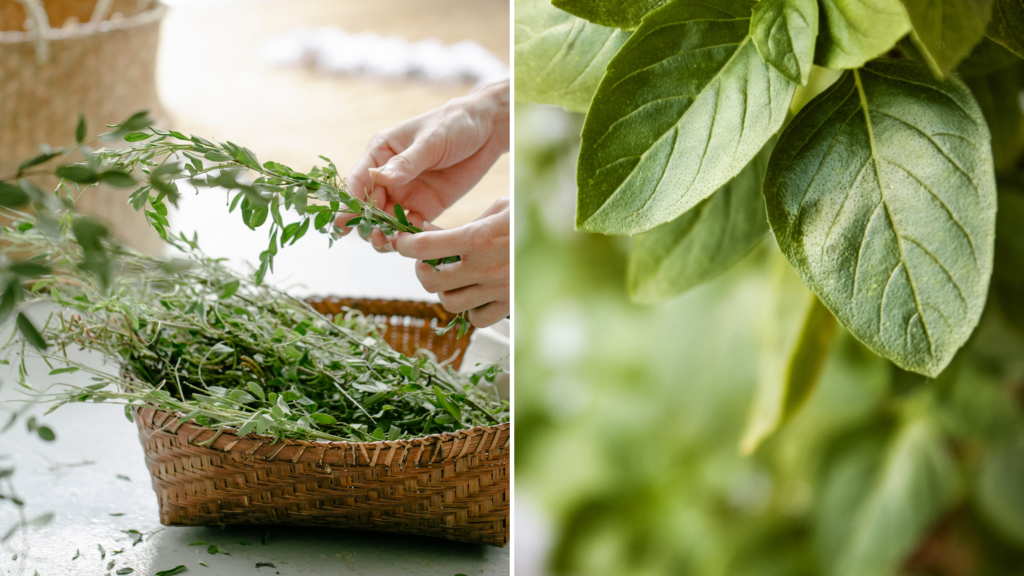

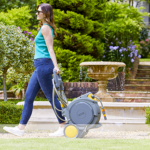
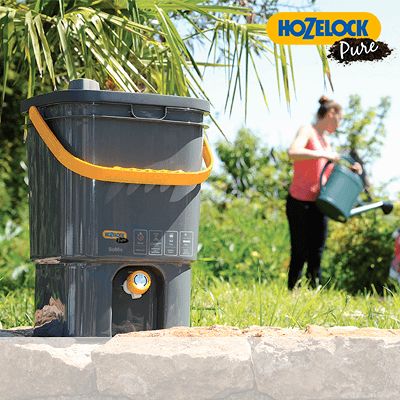
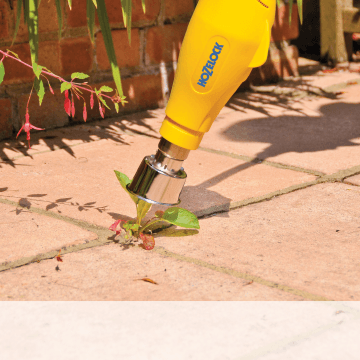
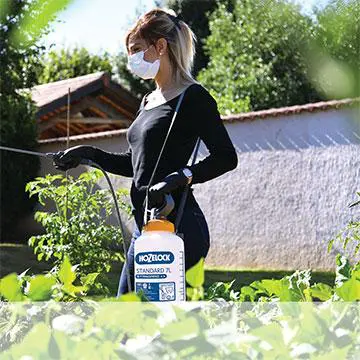

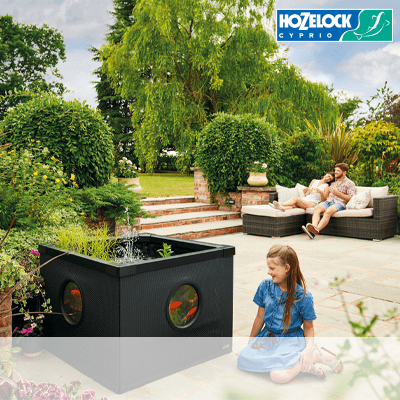
Brilliant advice, simply put AND well explained. I’ve been using your Growbag Waterers for years, easy to use, watering our tomatoes and cucumbers to perfection, lasting for years and really have more than paid for themselves. Now I’m tempted to get some of these with their own growing container, make a nice surround and they’ll look good on the patio.